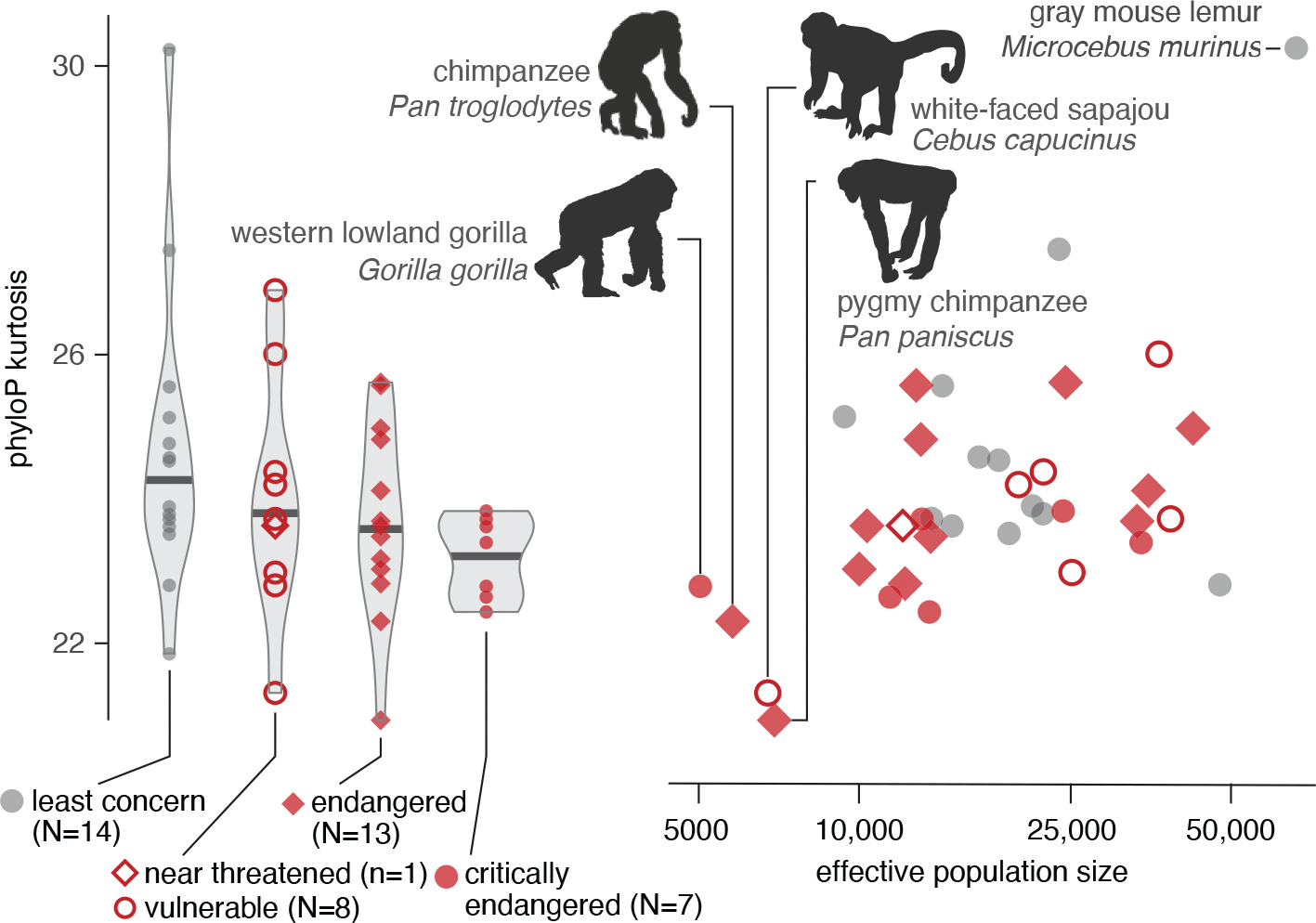Fig. 6. Genomic metrics distinguish at-risk primate species.

Primates that are categorized at increasing levels of extinction risk and with smaller effective population sizes have fewer substitutions at extremely constrained sites,measured as kurtosis (which describes the tail of the distribution) of phyloP scores (phylolm p =7.9 × 10−4 and p = 0.024, respectively). Four at-risk species with the smallest effective population size (labeled with silhouettes) have low kurtosis (i.e., fewer phyloP outliers), and a species categorized as “least concern” with the largest effective population size has high kurtosis (gray mouse lemur; labeled). [Species silhouettes are from PhyloPic]
